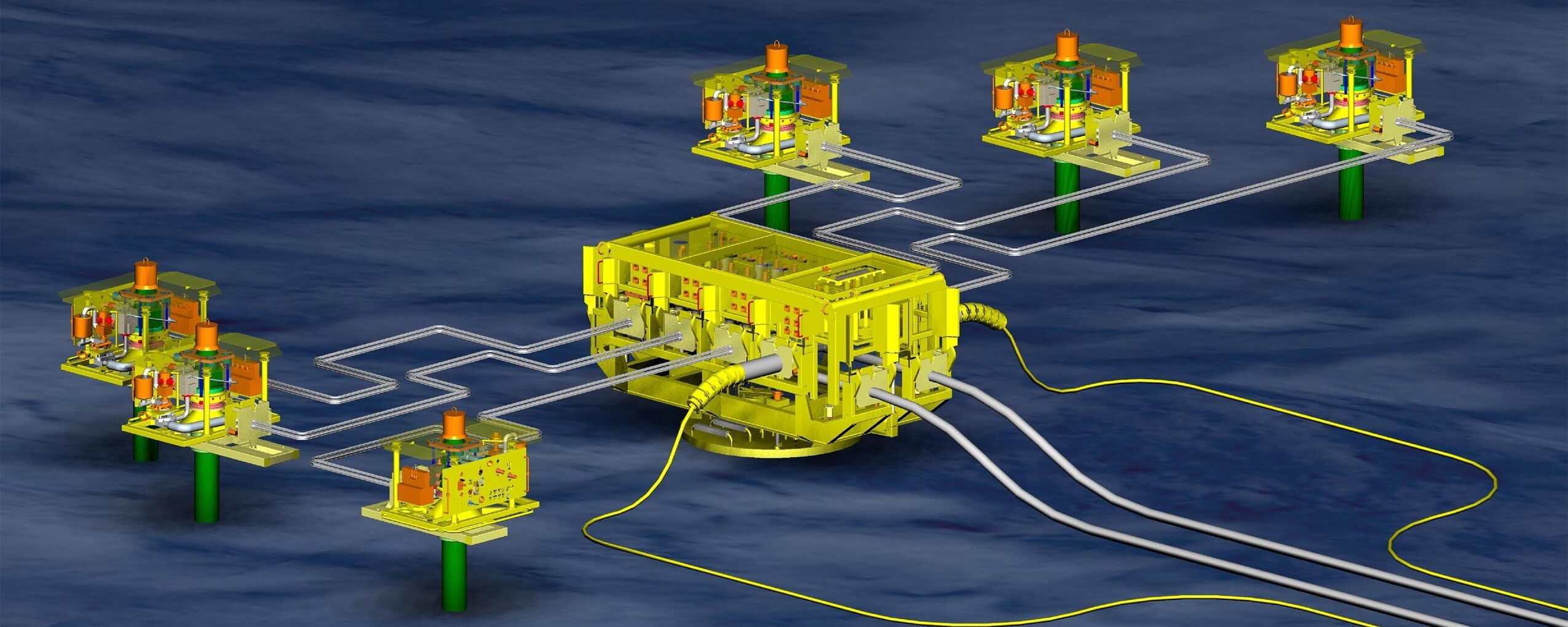(NB: Hi folks – I have to offer my apologies for having been away so long. It has been a combination of ill health, ennui and other distractions. But feeling more like myself now, so I am back in the saddle, so to speak. Yee ha!)
For those who have been familiar with my musings for some time, they will know that I get great pleasure in having a good laugh at the recent trend to rename companies – or give new names to merged entities – with monikers that not only mean nothing specifically, but also mean nothing to the wider industry, leaving behind household names that have now been consigned to the history books.
If you go back to July 2019, I wrote about the creation of Valaris – quick do you know who they are and what they do? No penalty for failing to answer either question. Six years ago now, I mentioned the creation of Rockwater in 1990 at the time that Valaris was born following the merger of drilling contractors Ensco and Rowan. Not the best known names in the offshore sector, but having performed one of the most amazing Pacman feats, absorbing or buying Pride, Atwood Oceanics, Penrod and several other competitors, the new company was then given a totally anonymous name. Surely a few bean counters would have been flummoxed by invoices from a company they had never heard of.
This history lesson has been leading up to the creation of ADURA. If you now ask, what the f–k, you will probably not be alone. And if I told you that it claims to be the largest independent oil and gas company in the UK North Sea, you might still be none the wiser. This new ‘incorporated joint venture’ brings together the UK assets of Shell and Equinor – this deal was announced late last year – but how any entity that involves these two major companies can claim to be ‘independent’ is beyond me. I guess by giving this new entity a totally nondescript name, the parents will hope that everyone will think it is something new, rather than borrowed. And I am blue.
And while we are on daft names, what is more daft than the Americans, led by the egotist in chief, deciding that they will call the Gulf of Mexico the ‘Gulf of America’ with all of the weak-kneed oil companies going along with it. The problem with Mr Trump is that he is under educated and knows nothing about history. That body of water, Golfo de Mexico, was given that name before the US even existed as a country. So who does he think he is impressing with this inanity? The oil companies better watch their backs. There might yet be some other ‘big beautiful’ change that they might not want to go along with so willingly.
Finally, as any offshore technologist will attest, it sometimes takes a while for a piece of kit to hit the market in a big way. And so it is with electric subsea trees. This bit of kit has been around for more than a decade. I stopped publishing Subsea Engineering News in 2015 and it was well before that date that BP supported the work by Cameron – remember that name? – and TotalElf, as it was then, installed the first two in the Dutch sector. I am not quite sure if any others have been deployed – please correct me if I have missed something – but Equinor’s announcement said they will be the first deployed on the Norwegian Continental Shelf. If it hasn’t been used in Norway, then likely I am correct in thinking it has been languishing well before Statoil (another name to remember) first announced plans for its ‘subsea factory’ which would be all-electric.
There are other significant points about this development that I hope to find out about and pass it on to others. Watch this space.




